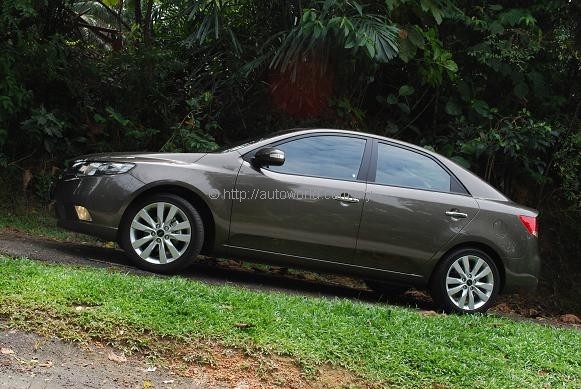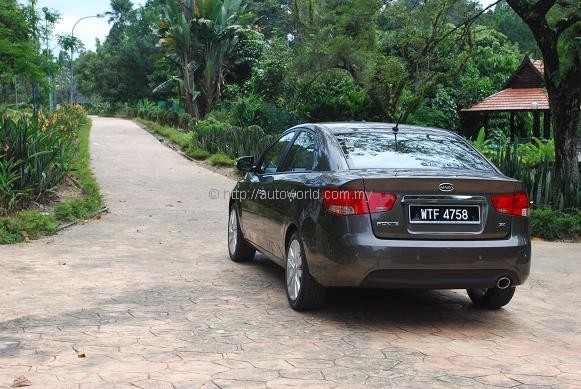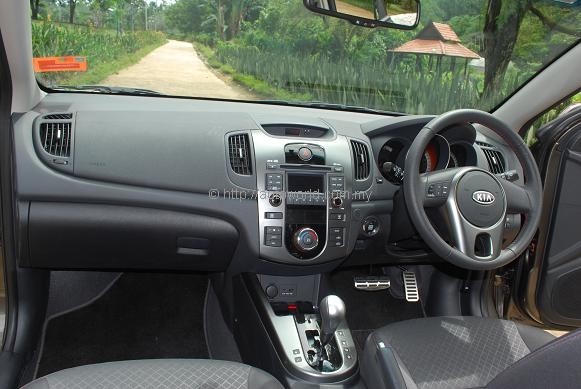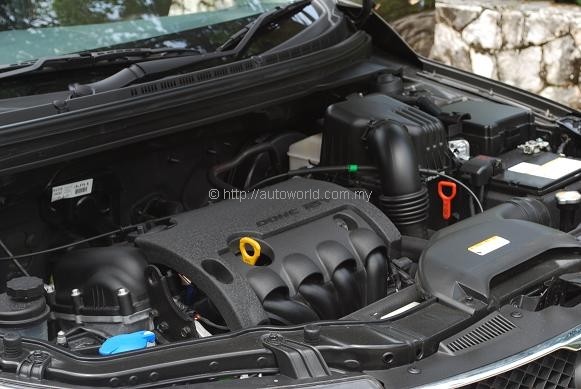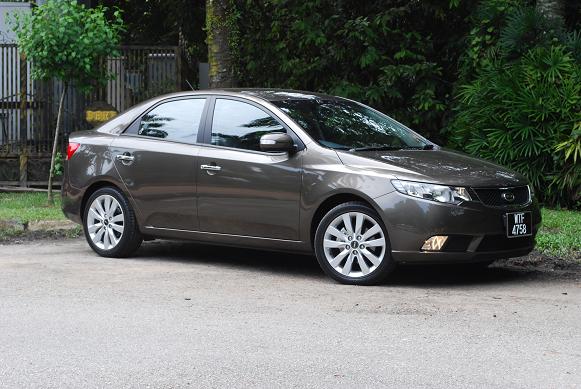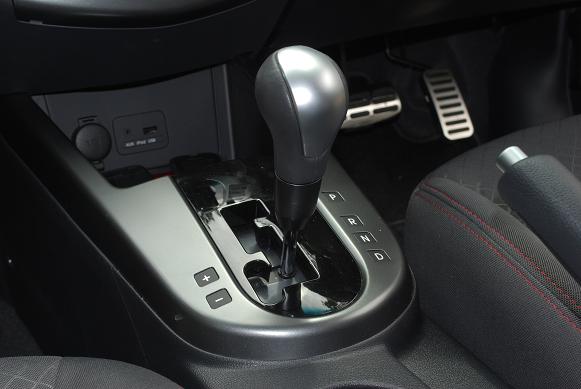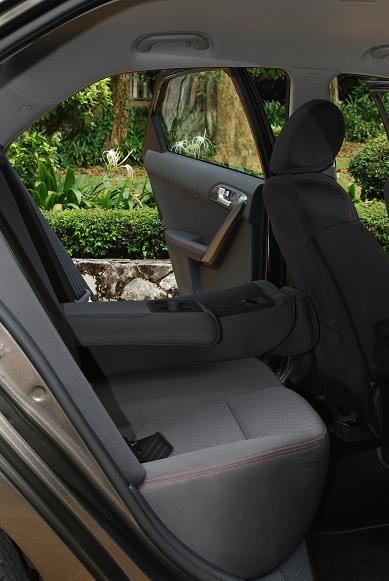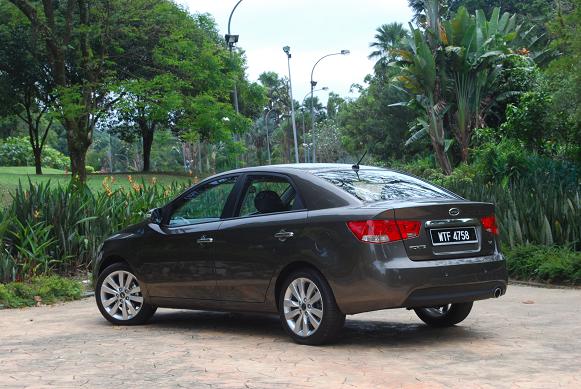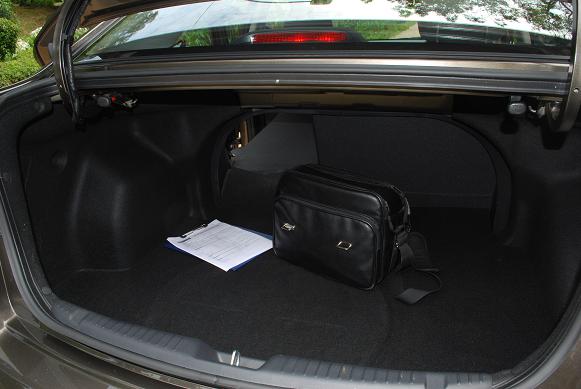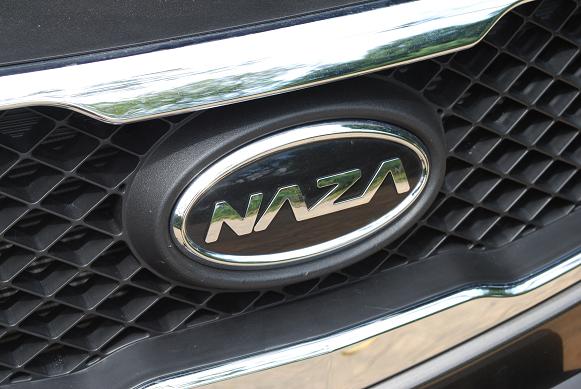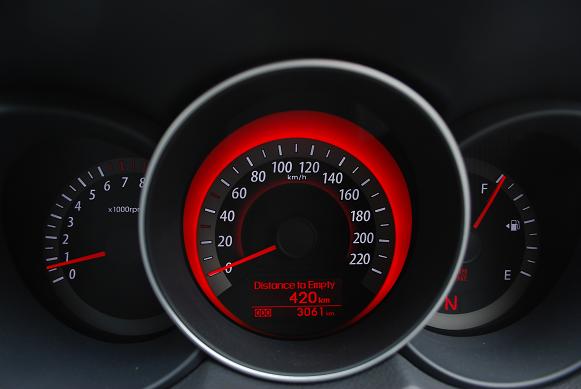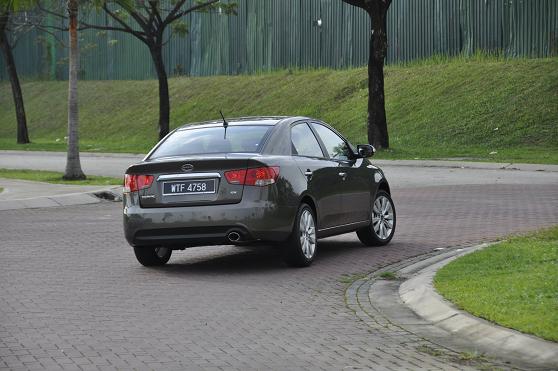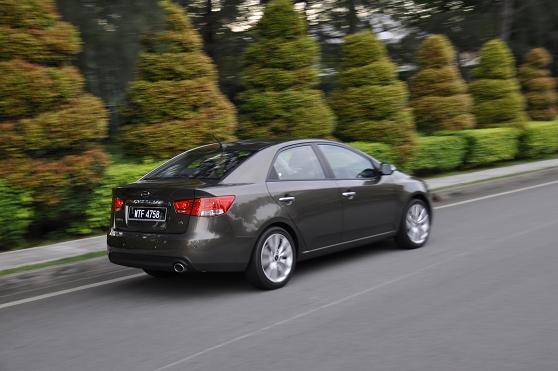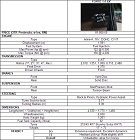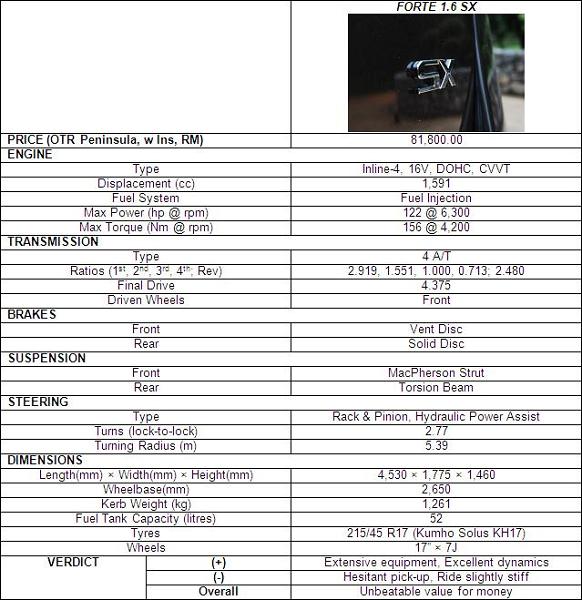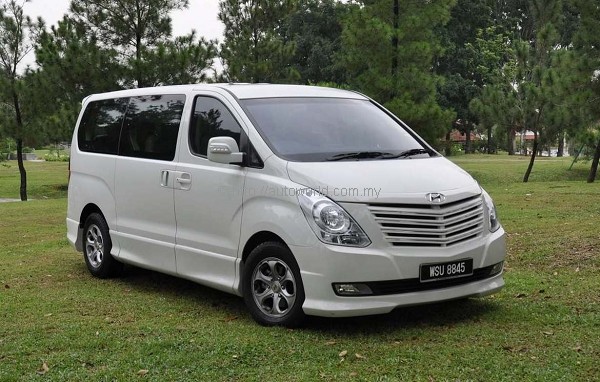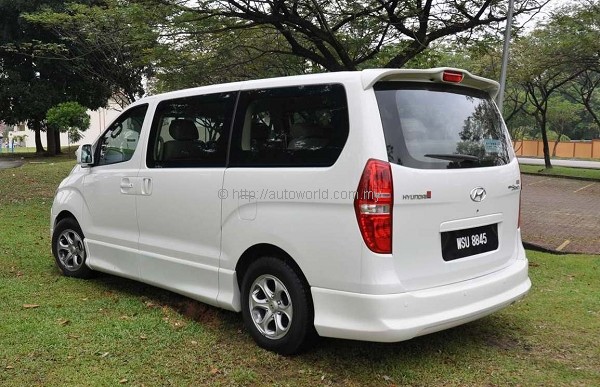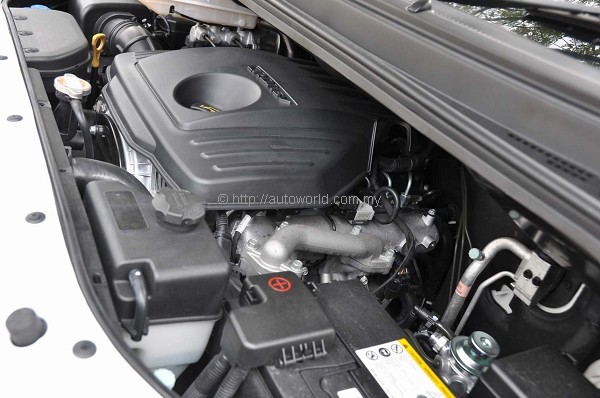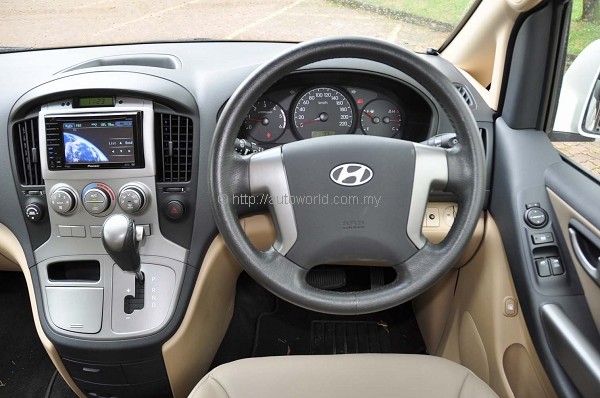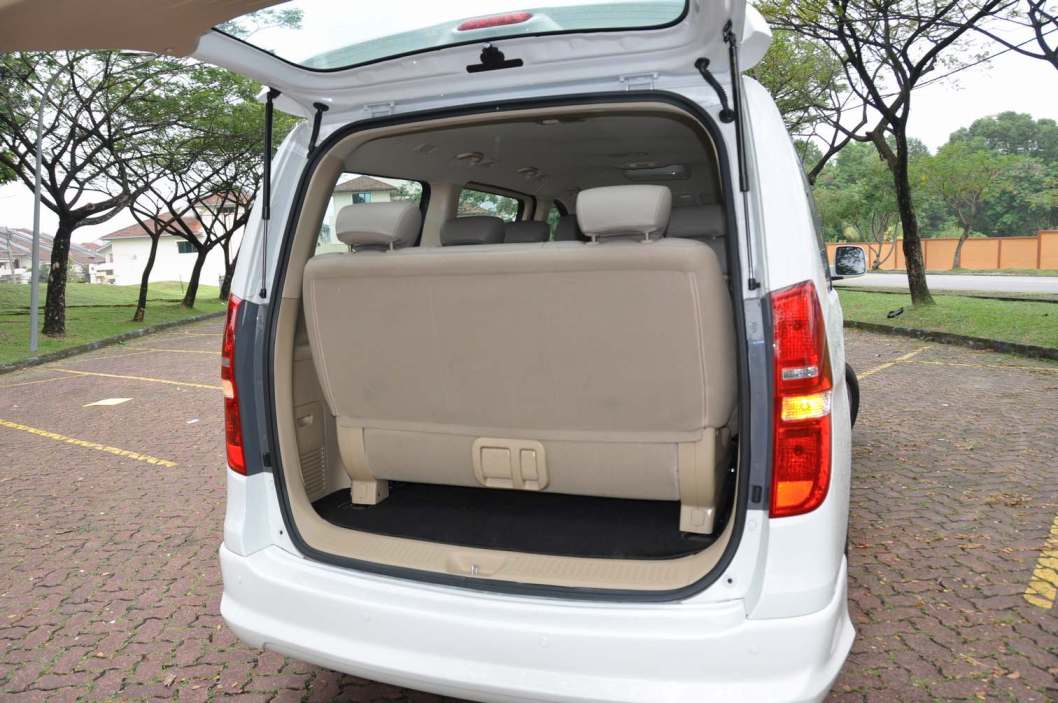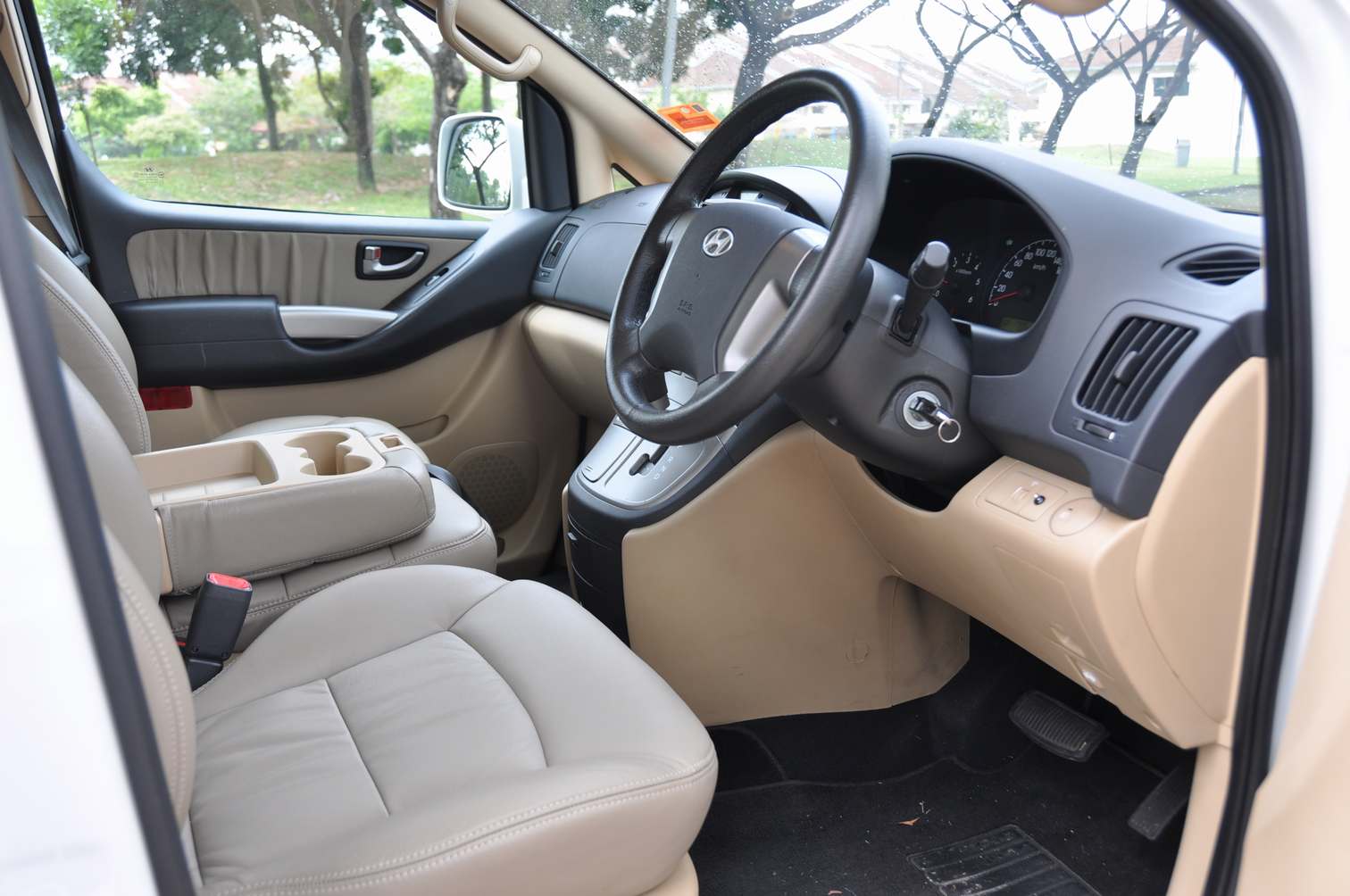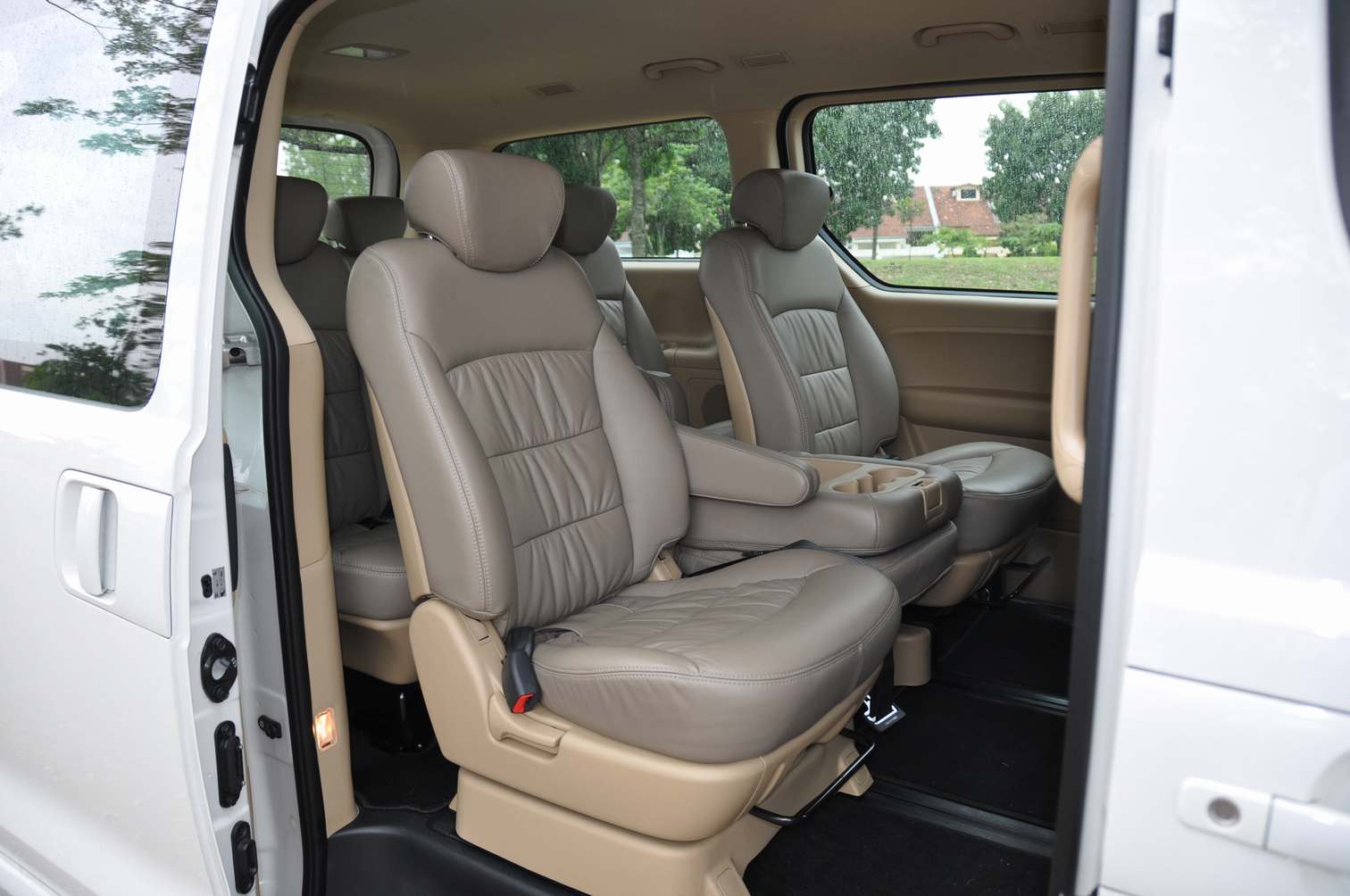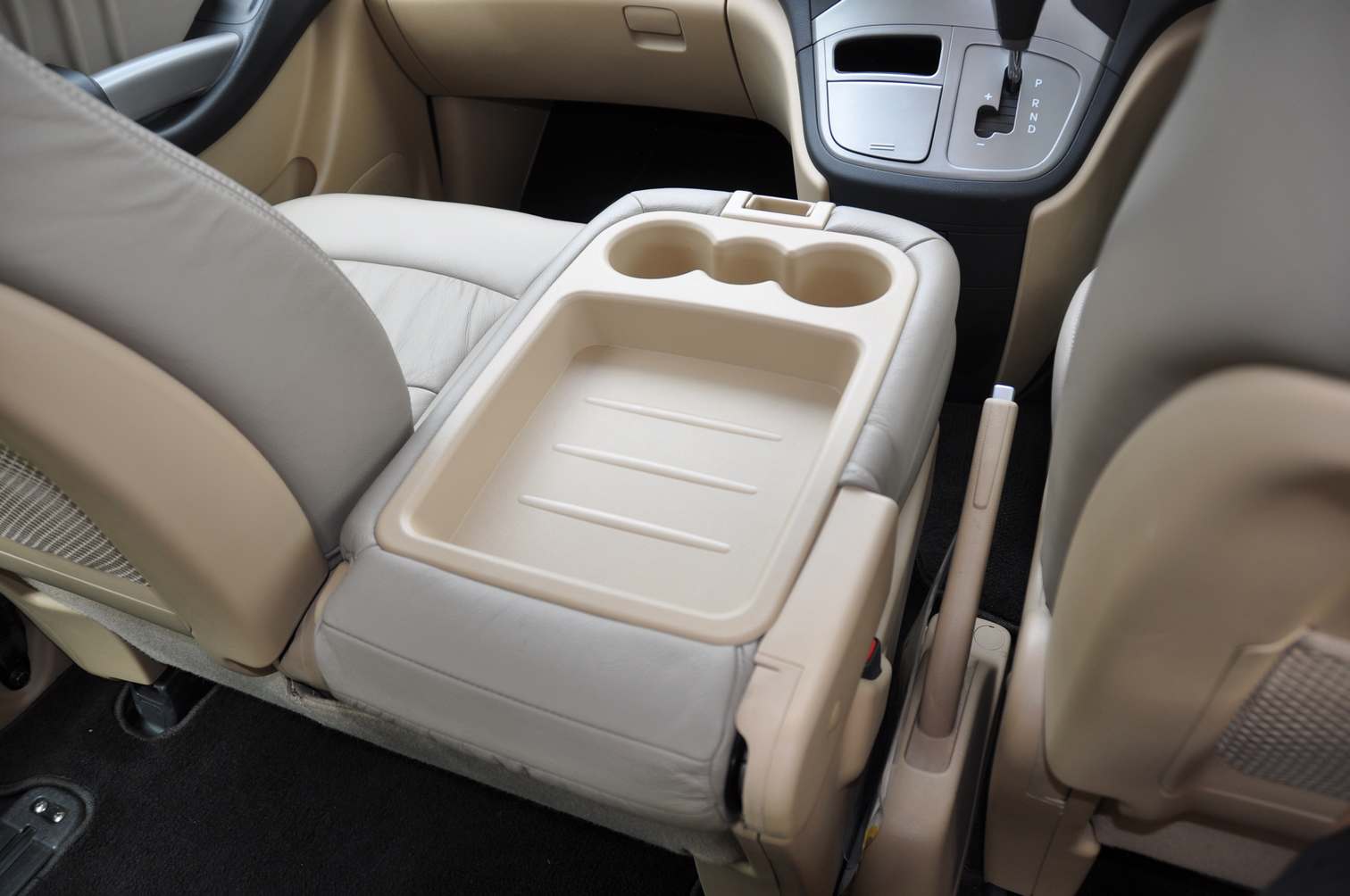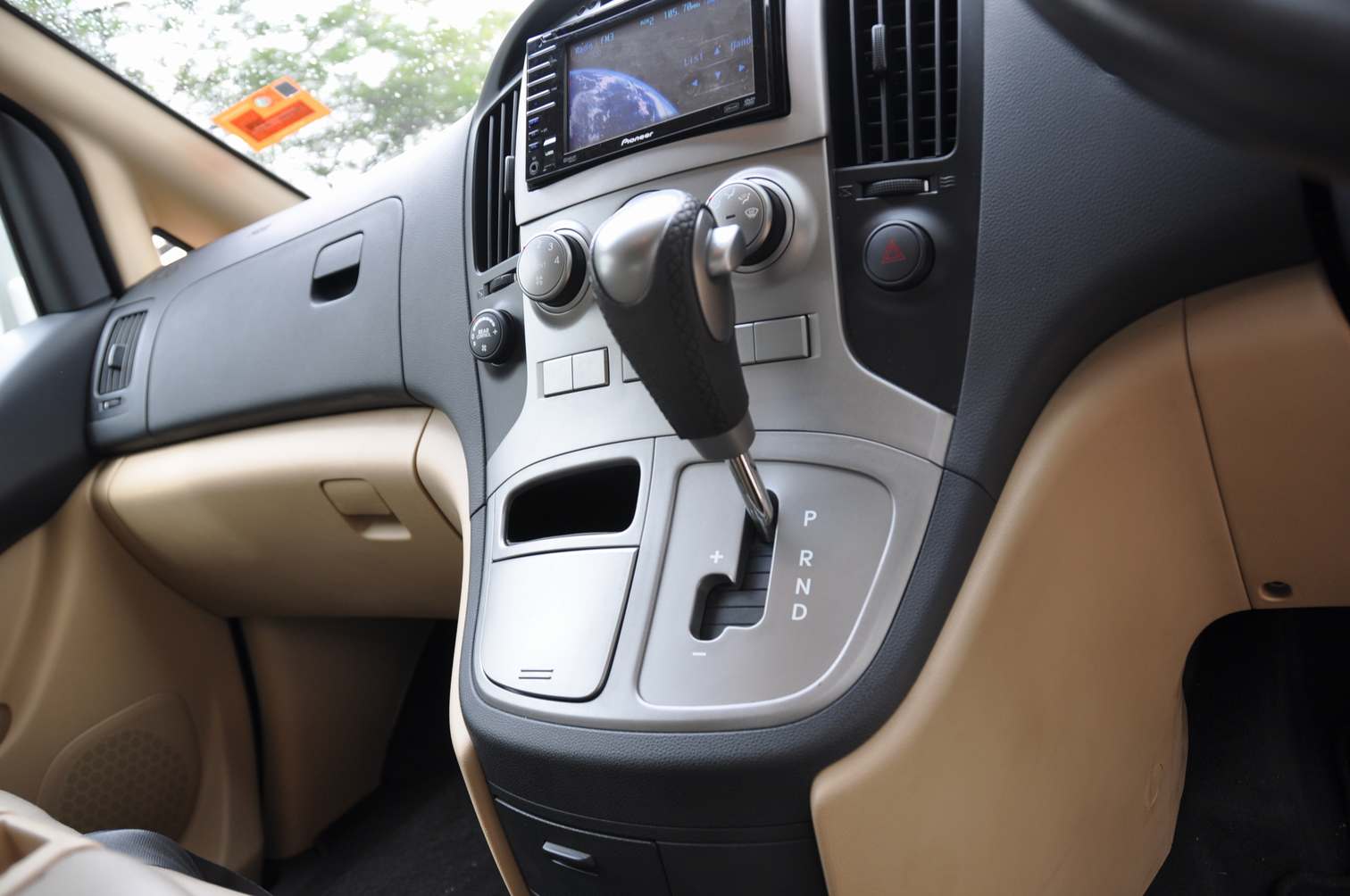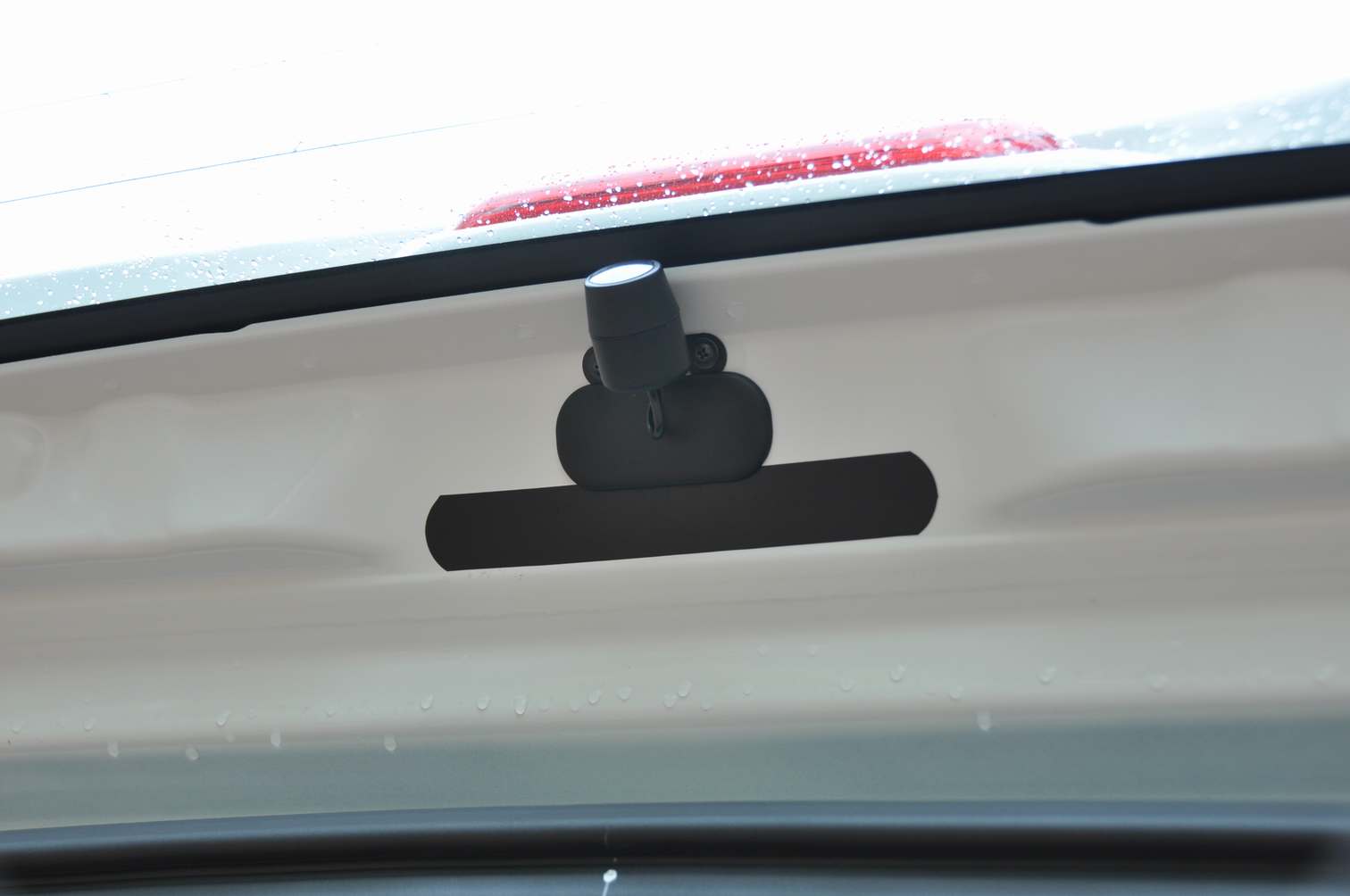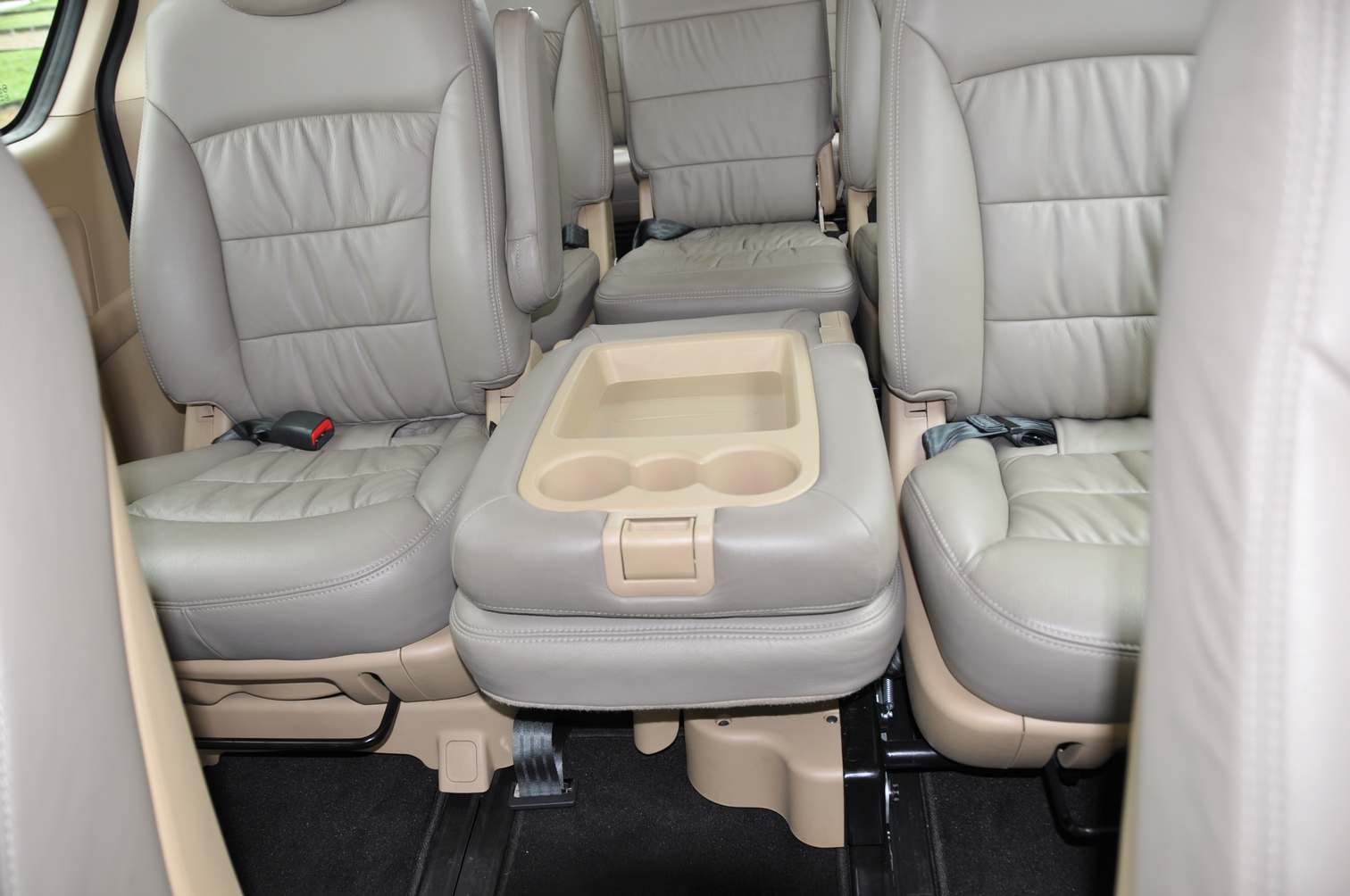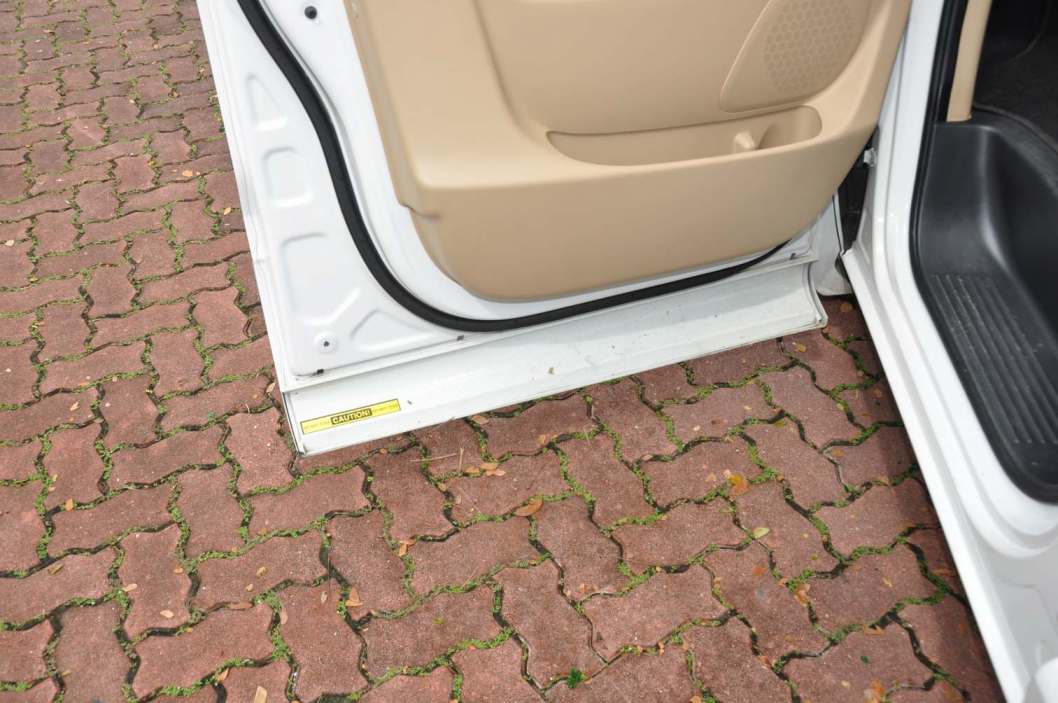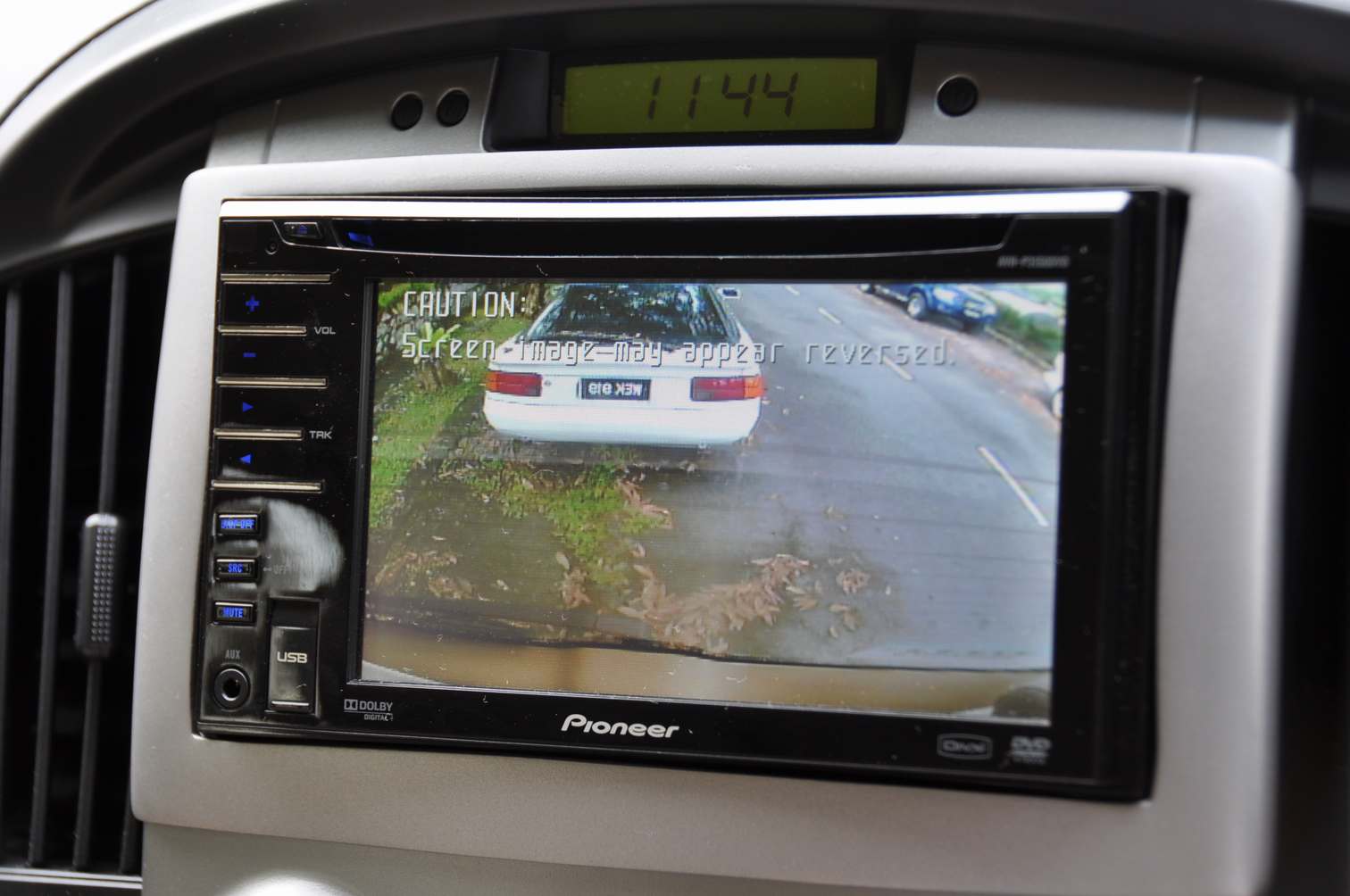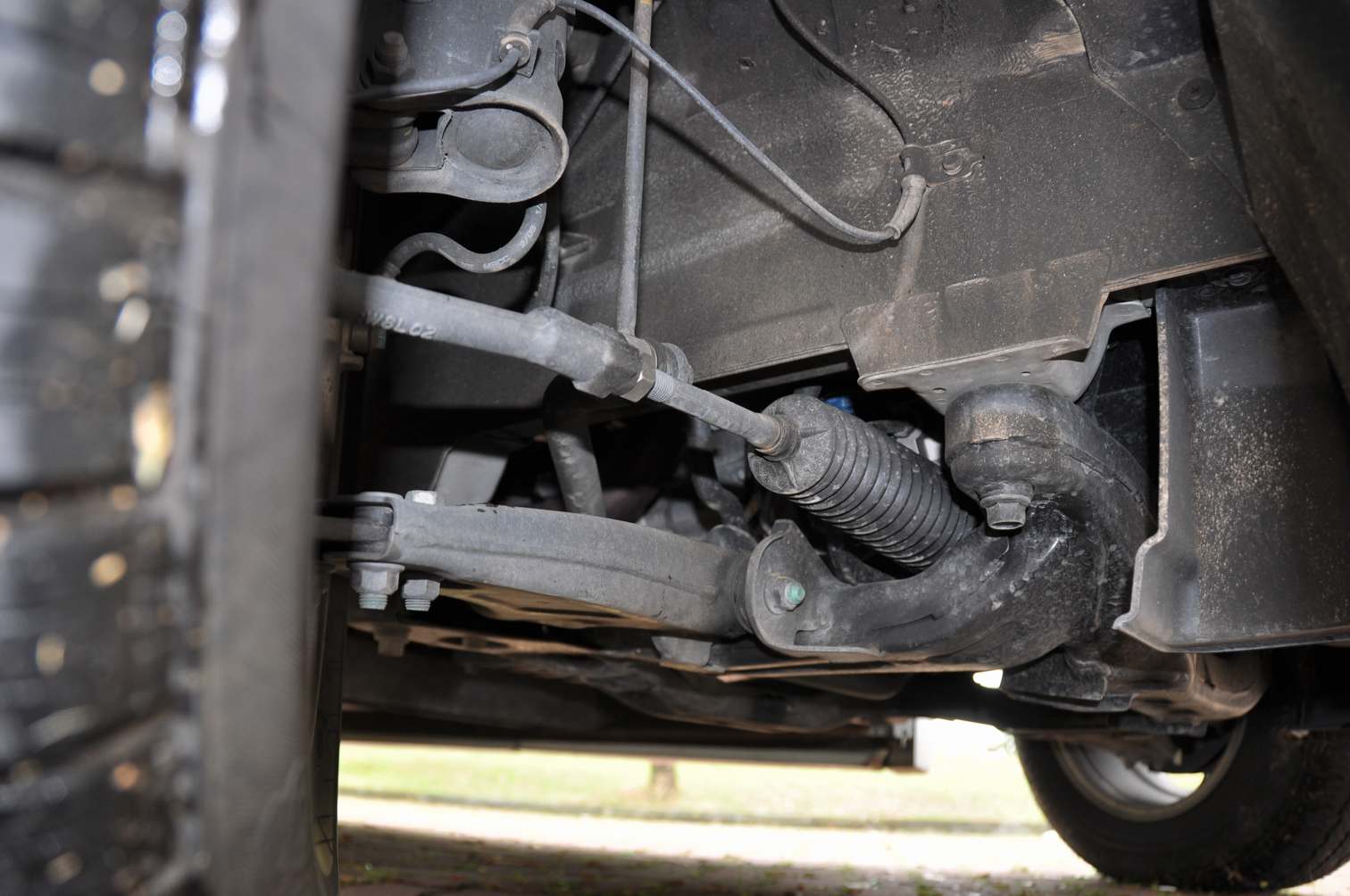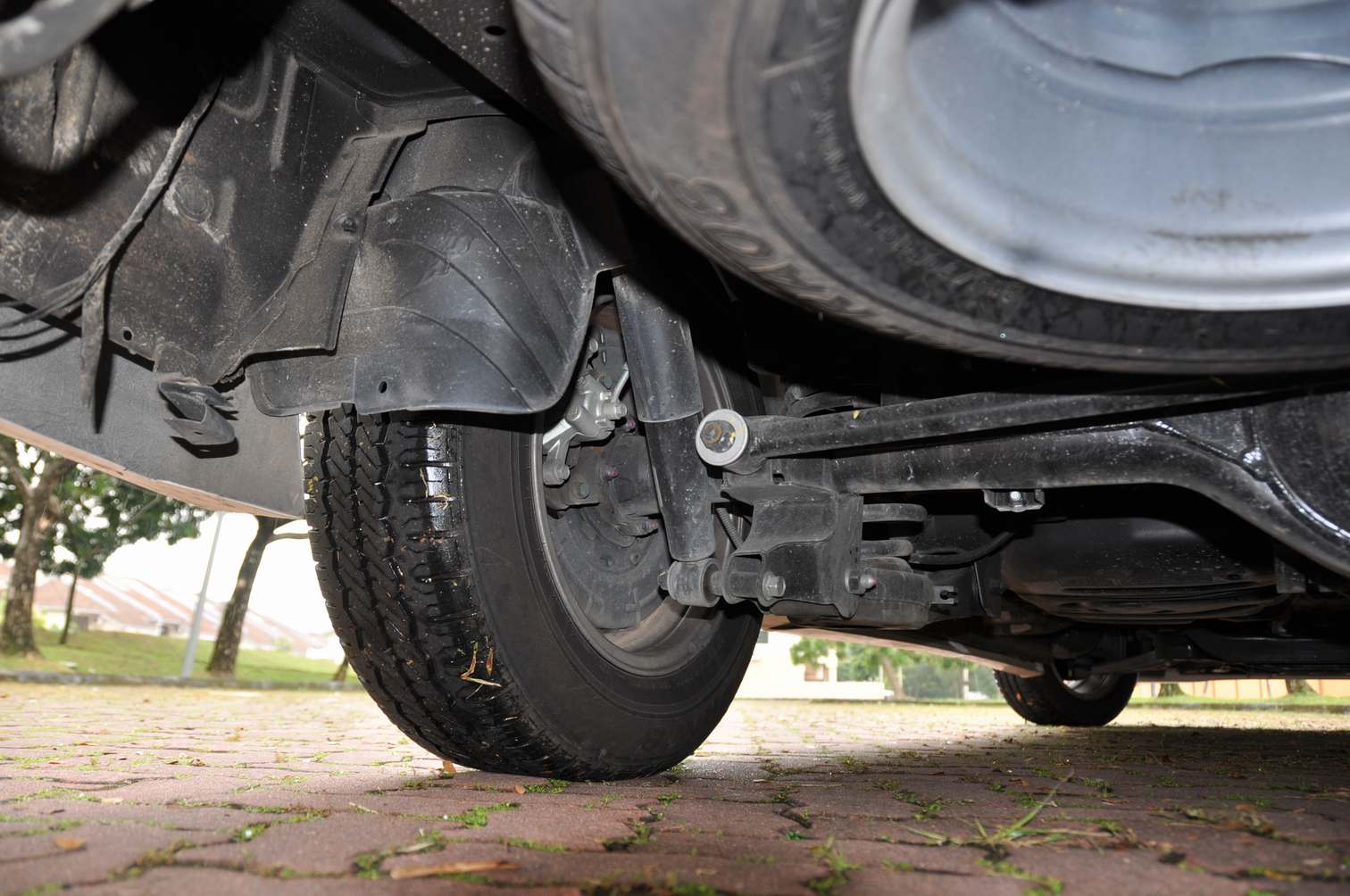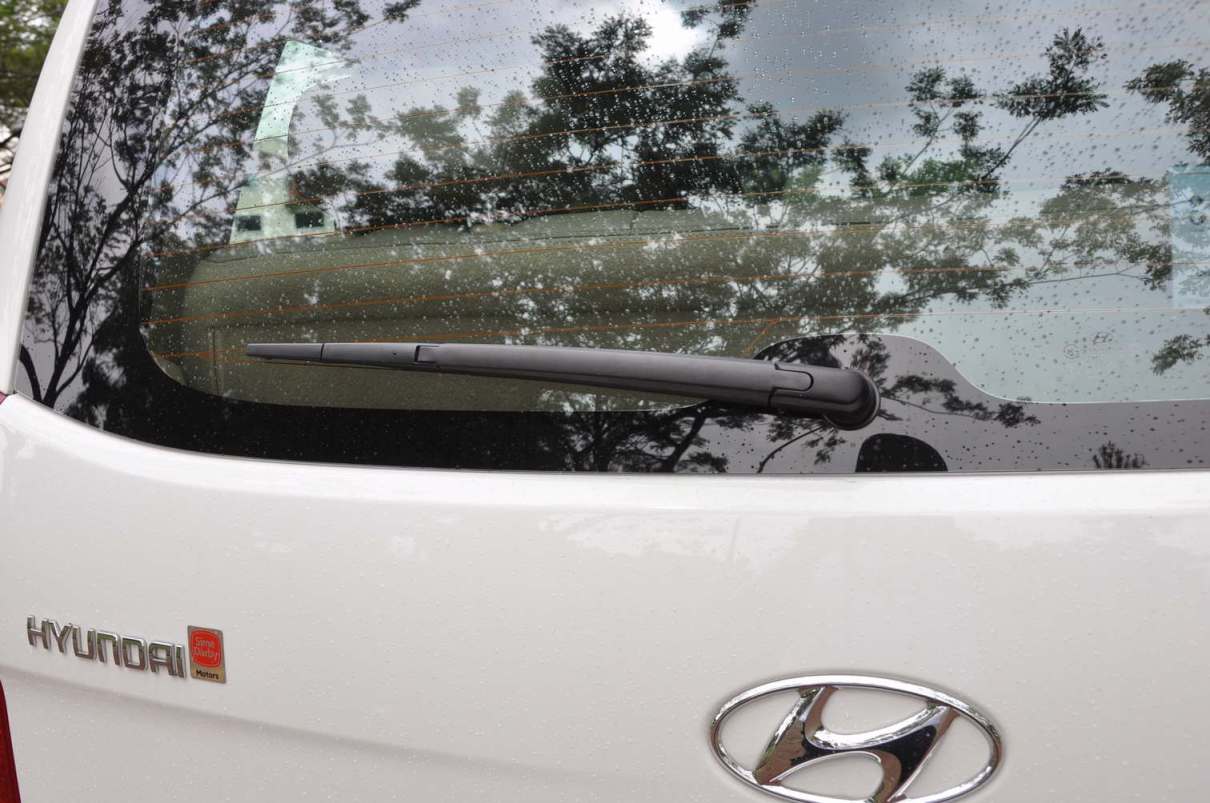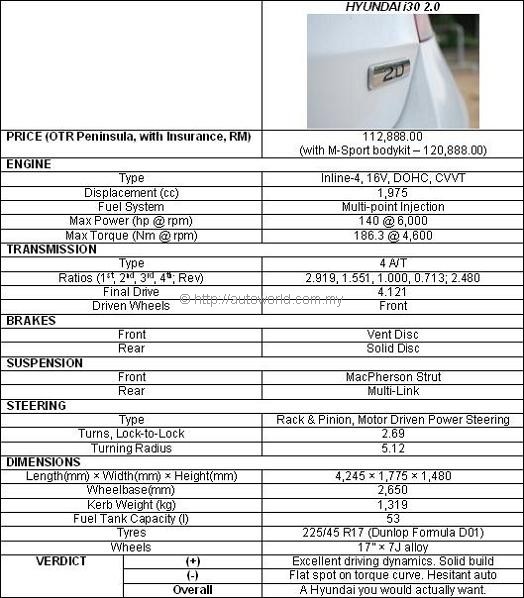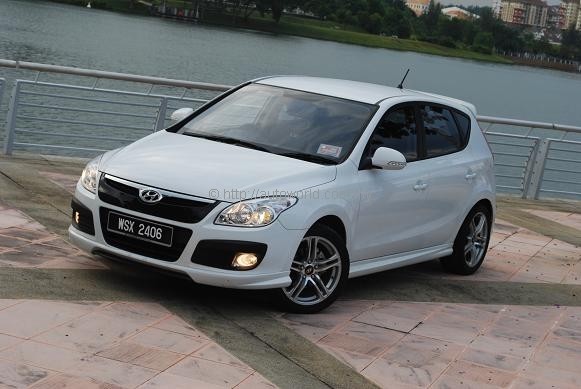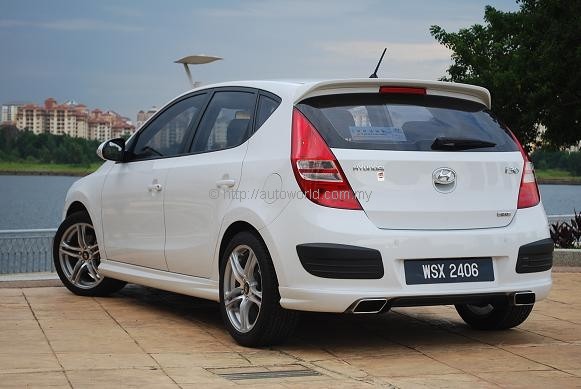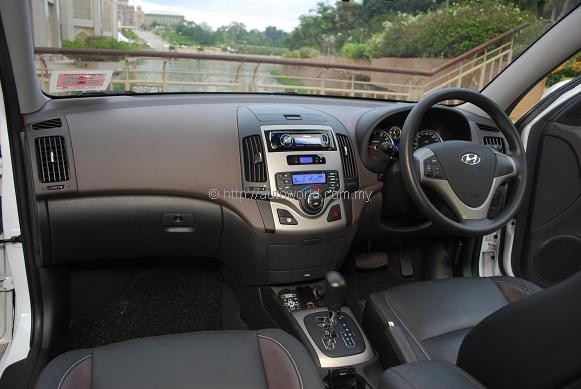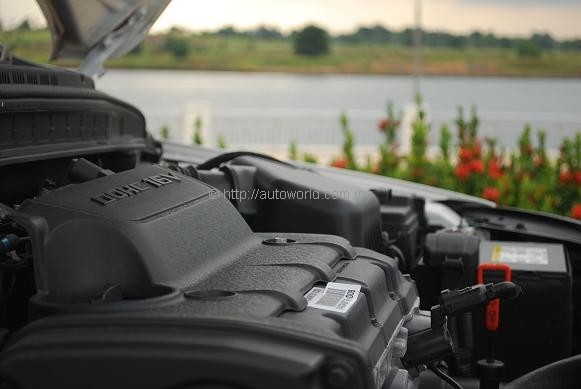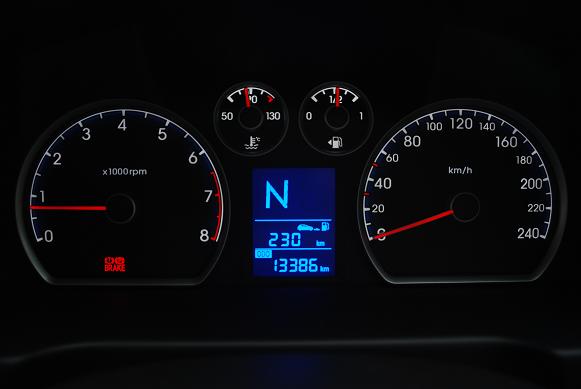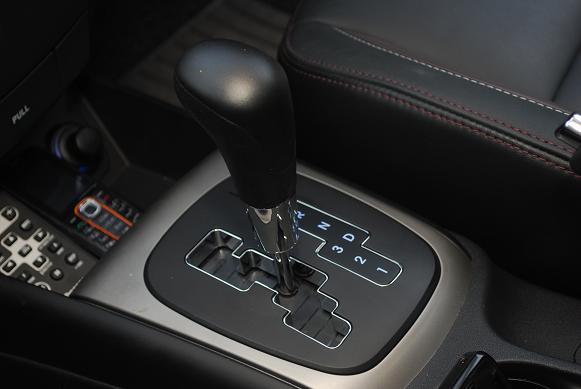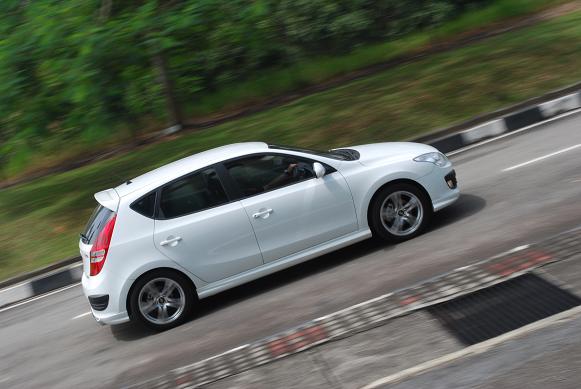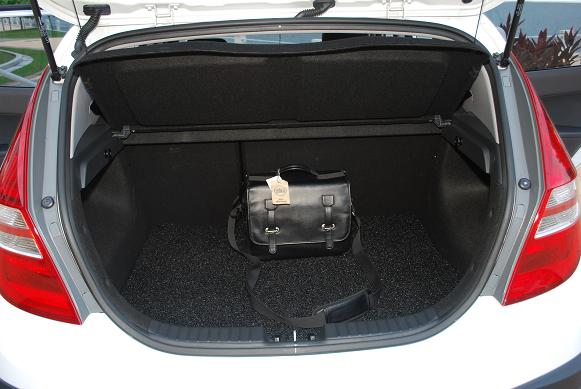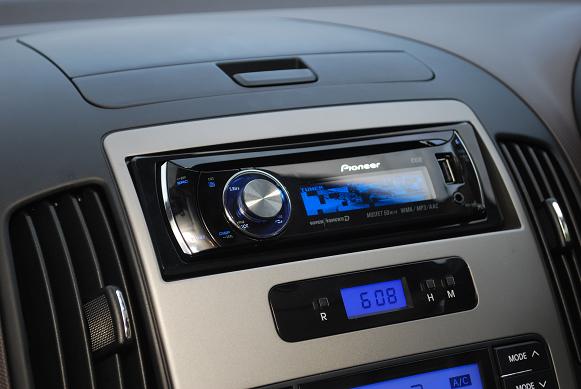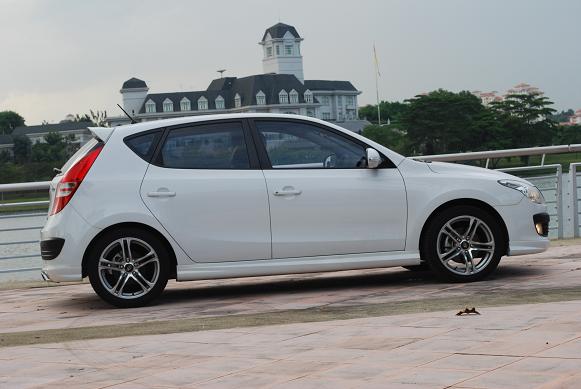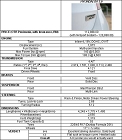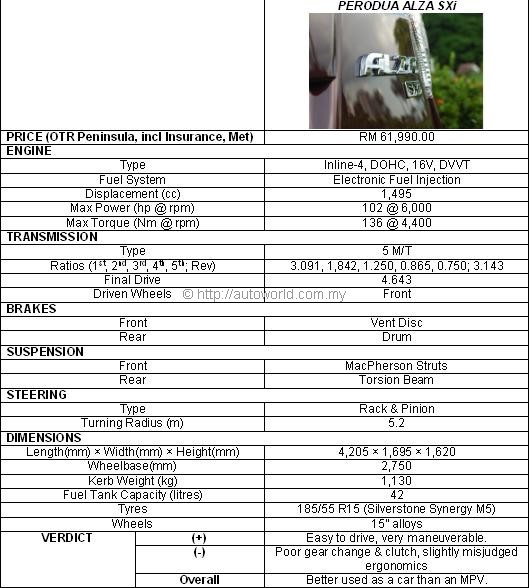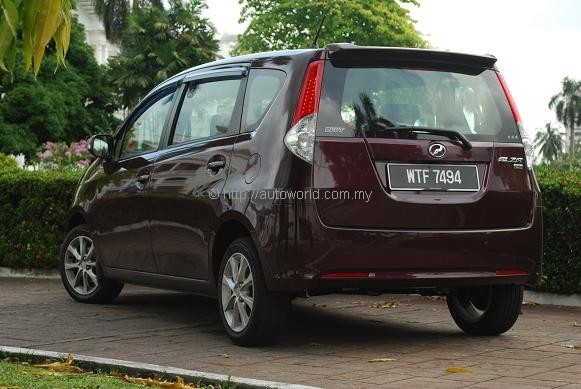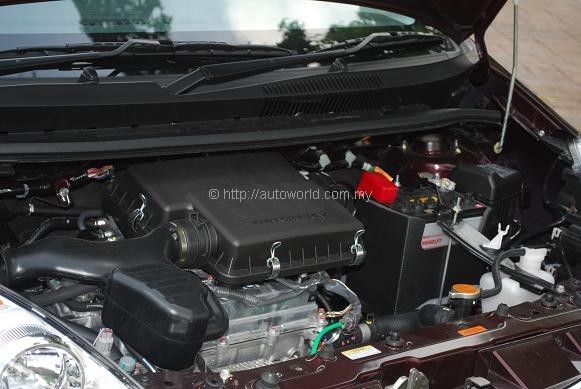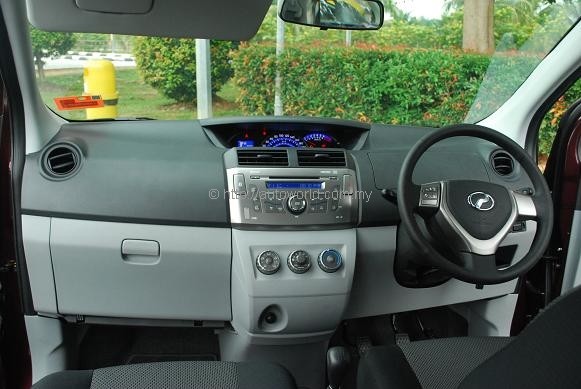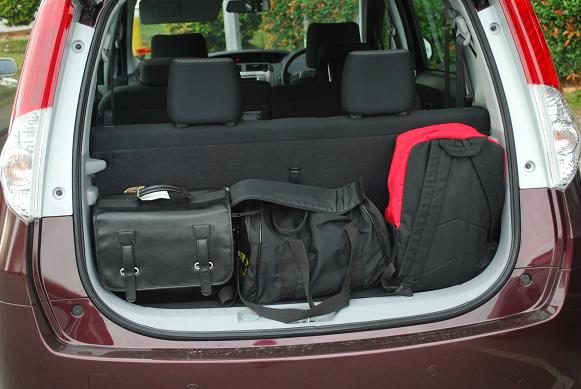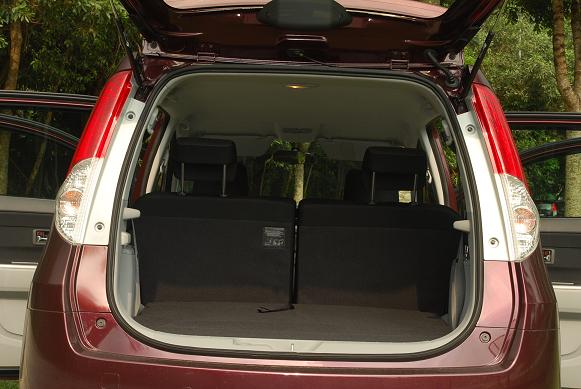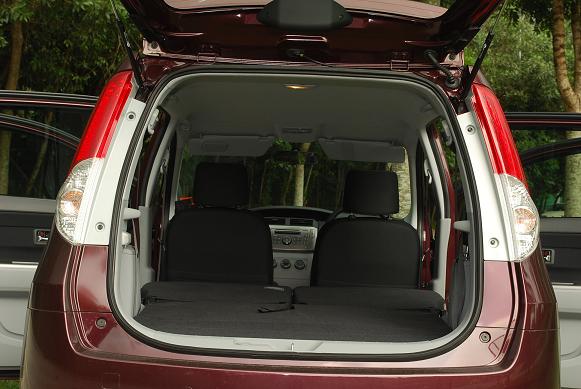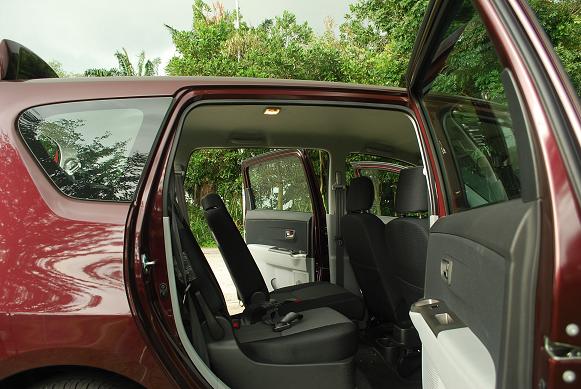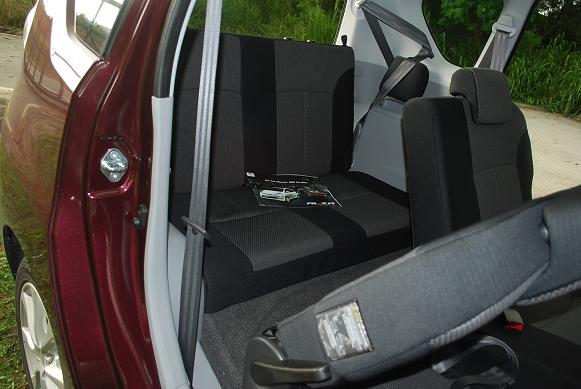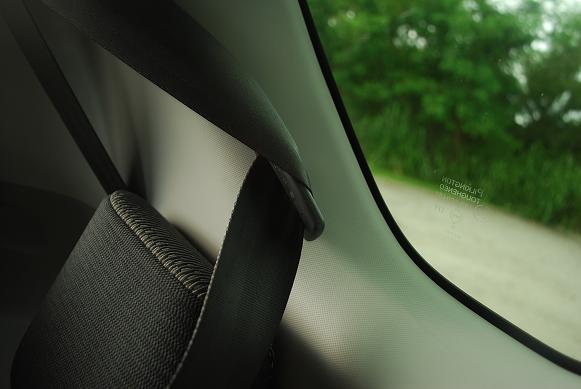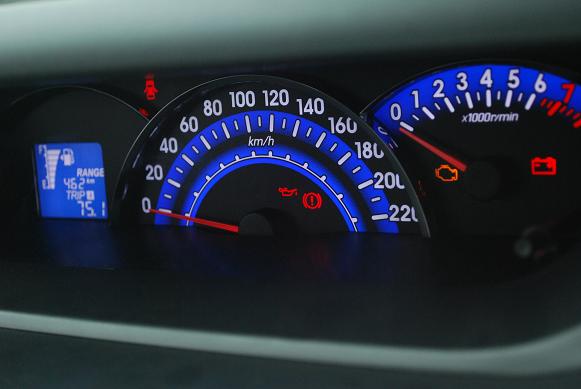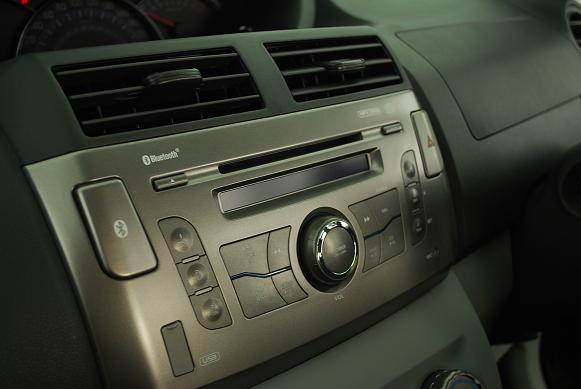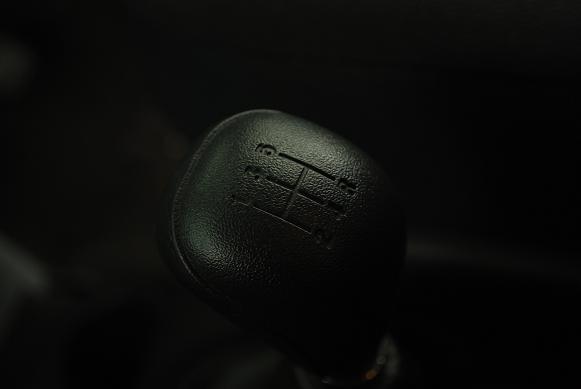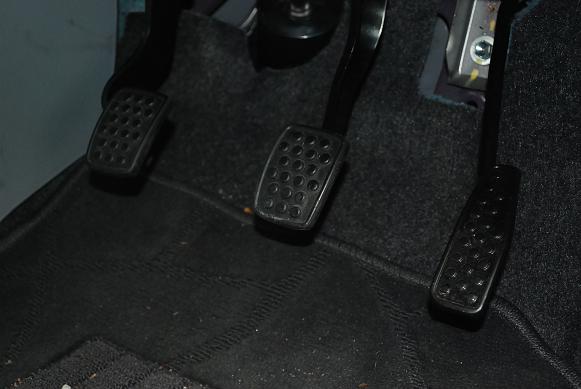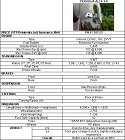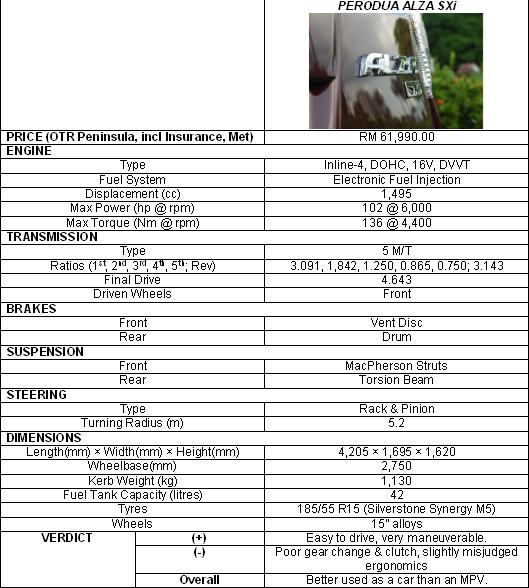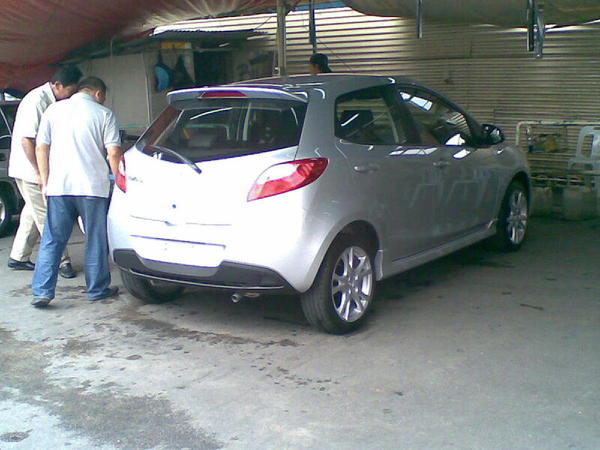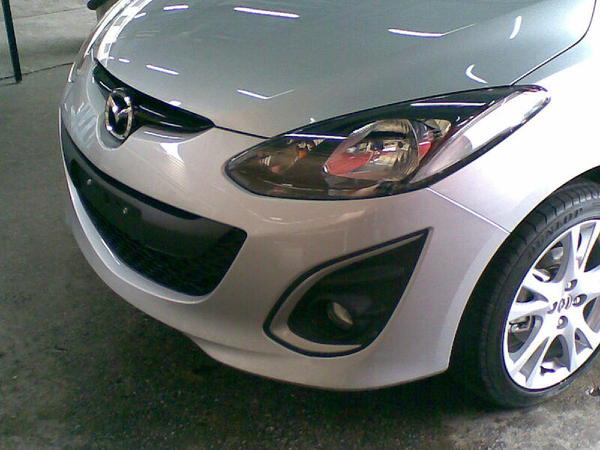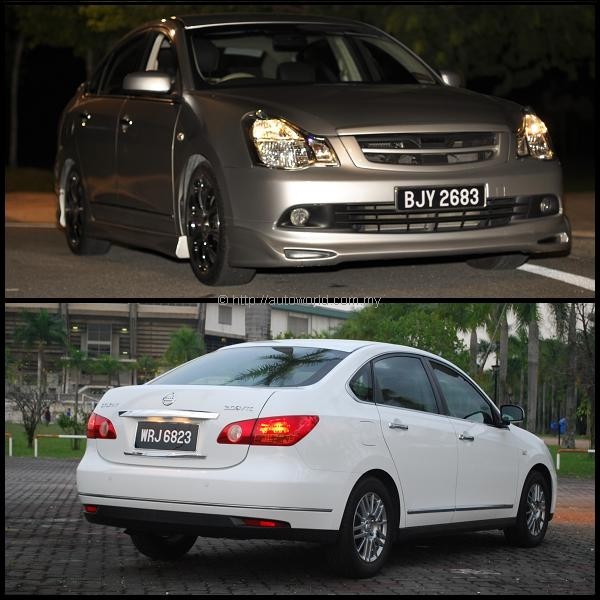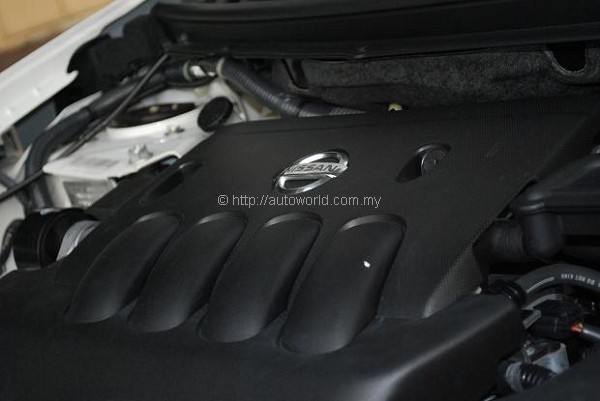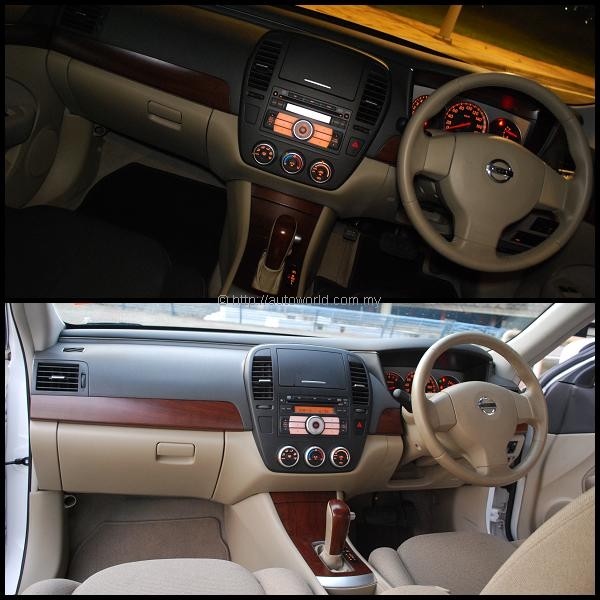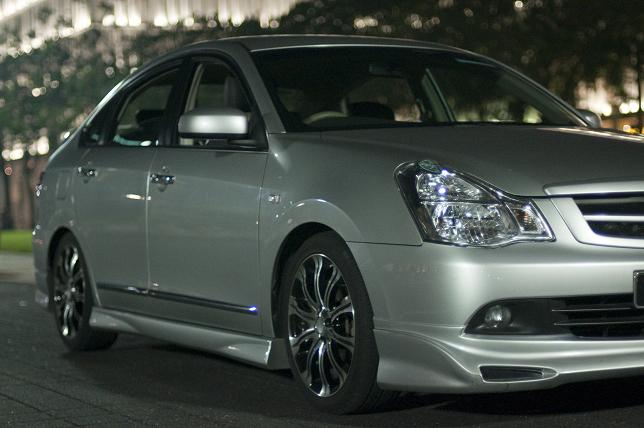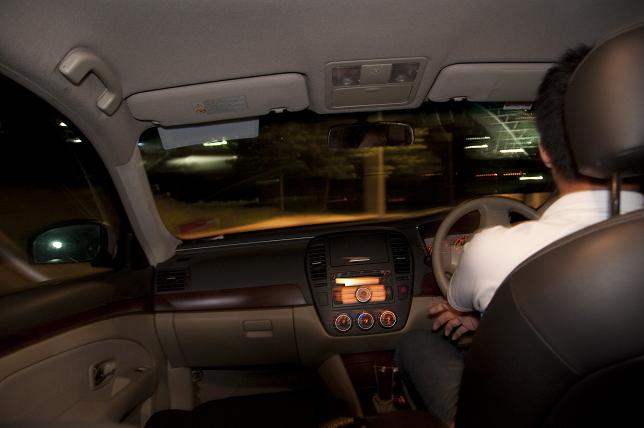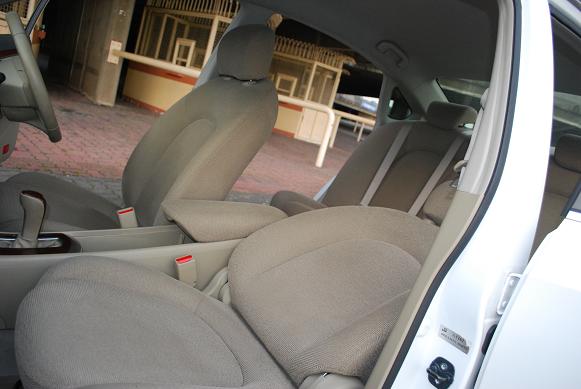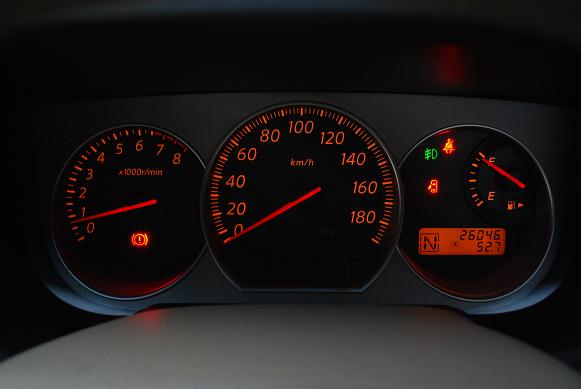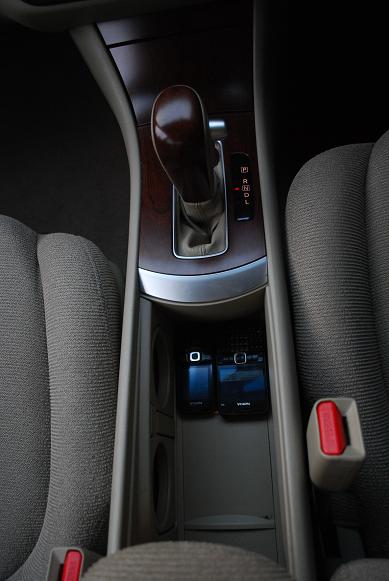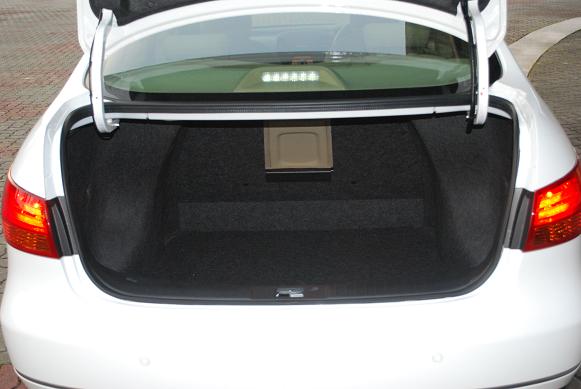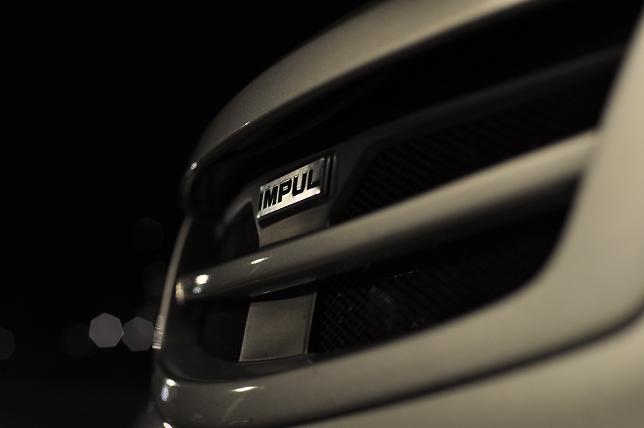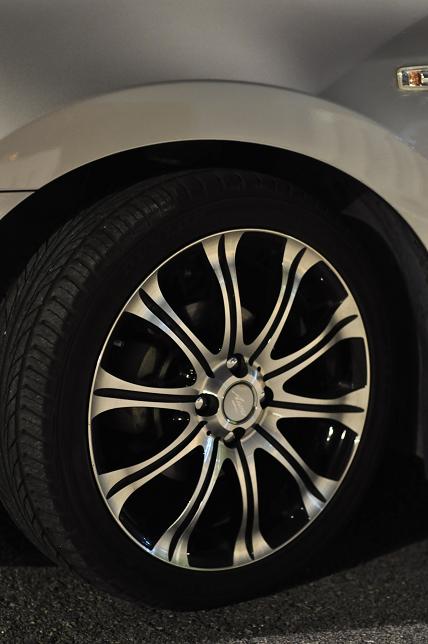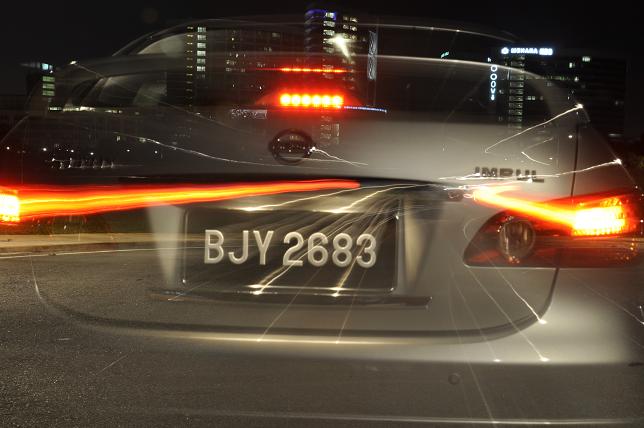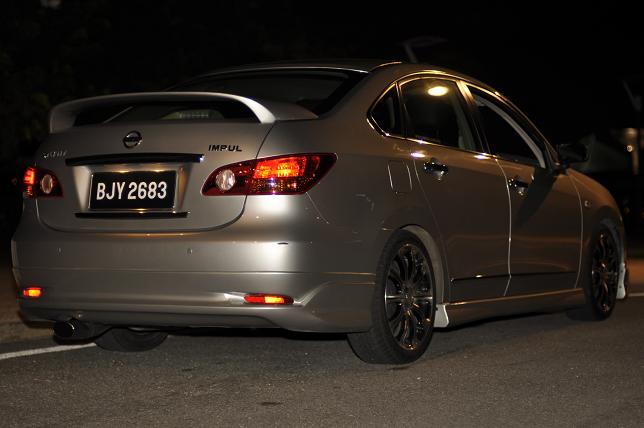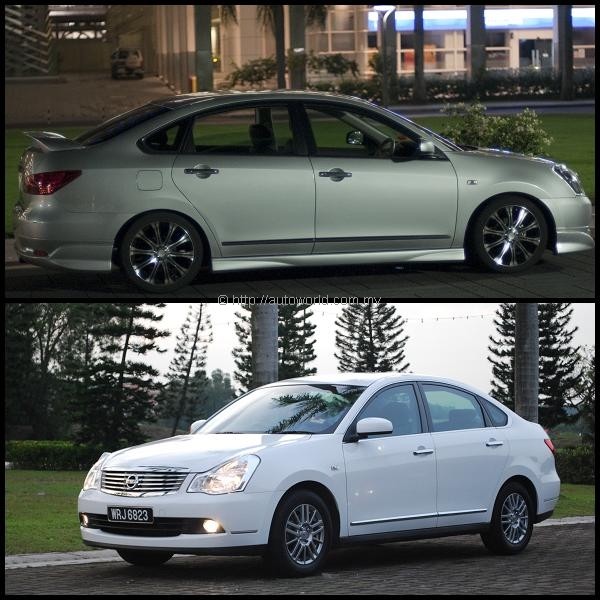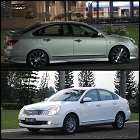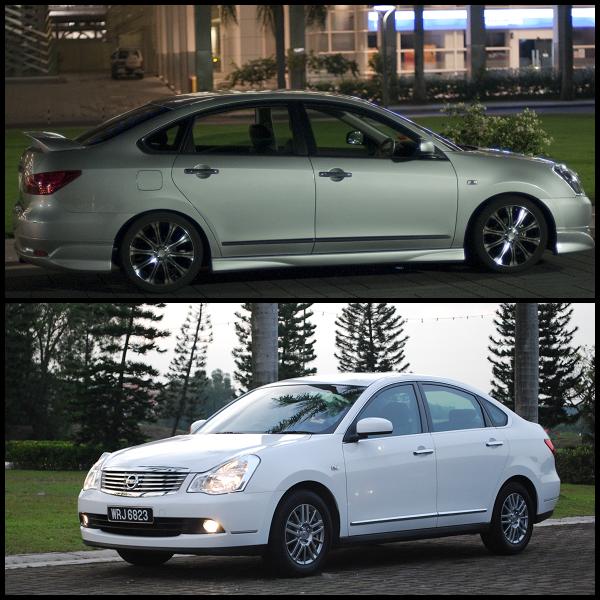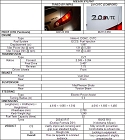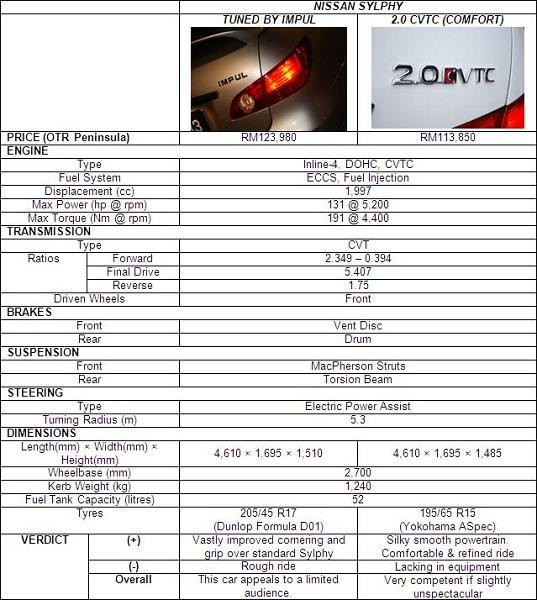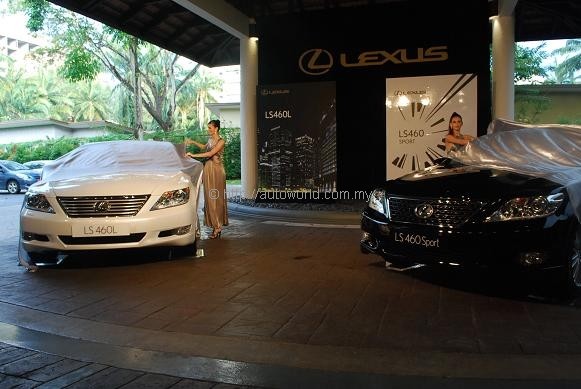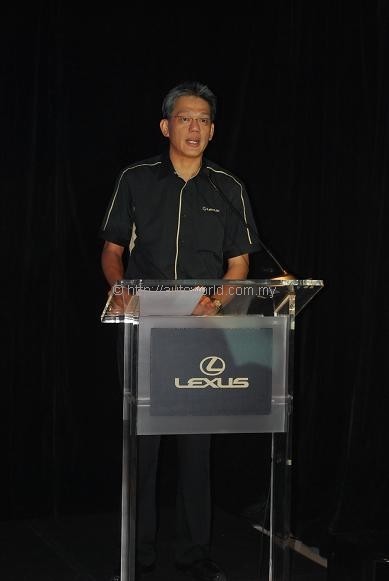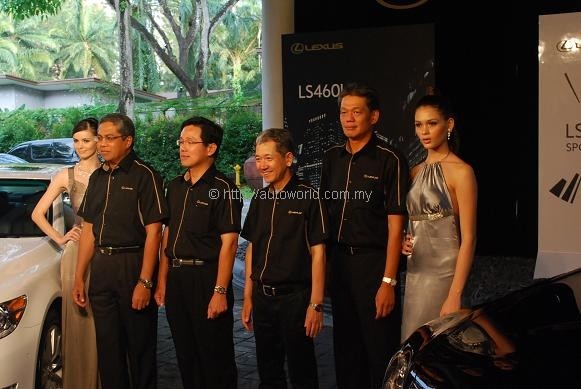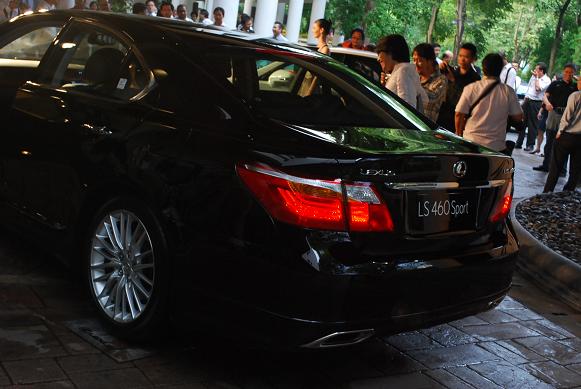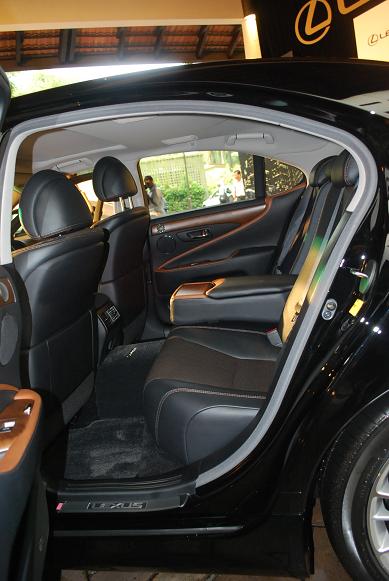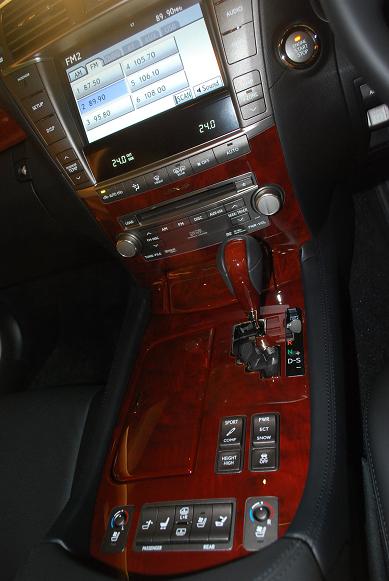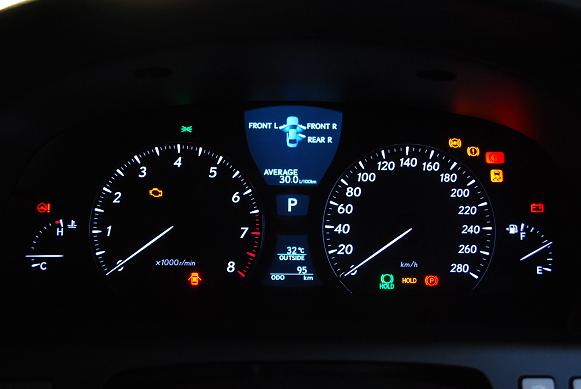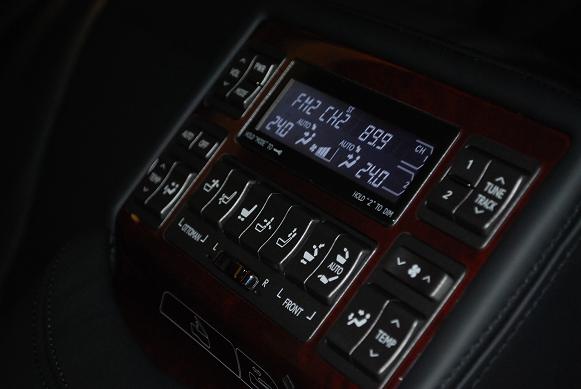What car can you buy for less than RM100k these days? Let’s look at the Japanese first. The City is the only Honda with a five-figure price tag. Nissan gives you two options, Latio and Sentra. Toyota offers the Vios and Avanza, and let’s not forget the Suzuki Swift. Most pick-up trucks also dip comfortably below the RM100k mark as well.
Those open to the possibility of continental motoring have the Peugeot 308 VTi available as an attractive option, but if looking east remains your policy, all you have left are the Koreans. The bonus with going Korean is that their prices are comparatively lower than the Japanese. For the price of Japanese B-segment econo-boxes, you get full-fledged C-segment specification sedans with the Koreans.
With Chevrolet in a transition period between distributors, offerings from kimchi-land are now limited to only Hyundai and Kia. And, in case you didn’t notice, Hyundais no longer come cheap these days. The i30 2.0, which we recently tested, goes for RM113k though it’s well worth the money. The 1.6-litre versions dip only slightly below the RM100k mark.
That, then, leaves us with Kia, who does have quite a few options available, though models like the Spectra are getting a little long in the tooth. Not any more. Their latest model, the Forte, looks the part, drives the part, and comes with an unbeatable price tag to match. With this car, Naza-Kia has effectively re-written the rules of the market.
How’s the public taking it?
Pretty good, I’ll say. Naza-Kia were coy when pressed for specifics, but they did reveal that for 2009, the Forte has accumulated 1,100 bookings. Bear in mind that order taking only began on 23 Nov 2009. That translates to a little more than 28 orders being picked up daily. For a brand not prominent in people’s considerations, that’s excellent.
We were also told that, should you decide to head to a Naza-Kia showroom today and sign on the dotted line, you can expect a waiting period of around two months, though this can vary between variant, colour, and in some cases, even the salesperson who took your order. Threads on the Forte have also become something of a hot topic in our forums, so much so that we’ve decided to start off a new forum section for fans and owners of the Forte.
In a written reply to our query, Naza-Kia further elaborated that majority (in the region of 70%) of the 1,100 bookings that they received was for the 1.6SX, which we recently brought back for extensive testing.
Initial Impressions
Shortly before its launch last November, Naza-Kia carted a group of motoring journalists to Penang to drive the Forte back from the island to the Klang Valley. Only the 1.6-litre versions were available, and we sampled both the EX and SX variants.
To recap, we found the 1.6SX to be the value for money preposition between the two. Paying a premium of RM6k over the 1.6EX, you get stability control, 17″ alloys, auto climate control, and push start. Heck, it even switches its lights for you. Which car at RM80k switches its lights on for you?
However, the better car to drive was actually the base-line 1.6EX, the crucial difference being its smaller rim and tyre size. Now, the Forte has a very well-sorted chassis to start with, so ride and handling was top notch. However, the 1.6SX, shod with 215/45 R17 tyres, was so stiff that my internal organs were probably rearranged beyond recognition.
The 1.6EX, in 195/65 R15 tyres, had a much better ride and handling balance. It was more responsive too, probably too responsive. You need only very minimal throttle application to get the speedometer pointing east. In contrast, the 1.6SX, while not feeling underpowered, needed more effort to get going.
Just How Much Value for How Much Money?
In the Peninsula, the Forte 1.6SX can be yours for RM81,800.00 inclusive of insurance. That, on its own, is attractive enough. Then, factor in the stuff mentioned above – stability control, 17″ alloys, auto climate control, push start, and auto headlamps – on top of reach & rake adjustable steering, dual airbags, heated side mirrors, dimming rear view mirror, auto climate control, and disc brakes all-round, it’s unbeatable. Handsome good looks and excellent driving dynamics simply seal the deal.
Nested up front is the all-aluminium four-cylinder 16-valve twin-cam Gamma engine which also sees action in the Hyundai i30 1.6. Displacing 1,591cc, the version used in the Forte is tuned to produce 122hp @ 6,300rpm and 156Nm @ 4,200rpm. Sending power to the front wheels is a 4-speed automatic transmission with manual override. It shares the same set of ratios with the Forte 2.0, but with a shorter final drive ratio – 4.375 (1.6) against 3.681 (2.0).
As mentioned earlier, you get disc brakes all-round with the Forte, but not independent suspension. It uses MacPherson struts up front, but at the back, we get what Kia calls the Coupled Torsion Beam Axle, which even has an officially quoted acronym, CTBA. Kia justifies the ditching of multi-link rear suspension by quoting weight saving, space saving, and also added protection for the fuel tank in a rear impact. Sorry guys, my preference is still with multi-link. I’ll live with extra weight and less space.
Kia has persisted with good old-fashioned hydraulic rack & pinion power steering system for the Forte. Well, not too old-fashioned, because it’s speed sensitive, and weighs up at speed. No complaints from us there, nothing delivers steering feel like a properly setup hydraulic power assist.
In the interests of safety, Kia has bundled in an array of safety features in the Forte to give occupants maximum protection. Three-letter acronymed safety features include Electronic Stability Control (ESC), Traction Control System (TCS), Anti-lock Braking System (ABS), Brake Assist System (BAS), Cornering Brake Control (CBC), and Electronic Brake-force Distribution (EBD). An impressive and useful array of stuff, but remember, these things don’t cheat the laws of physics, and certainly do not make you invincible in treacherous conditions.
The Test Car
The 1.6SX test car loaned to us by Naza-Kia happened to be the very same unit which I was assigned to in Penang and which my drive partners and I surreptitiously swapped for the lower-spec but more comfortable 1.6EX at the halfway point.
When we set off from Penang during the media drive, the car had just a little more than 100km on the odo. Less than two months on, it has since clocked in excess of 3,000km in the hands of a number of different journalists.
Additionally, it was also since discovered that during the media drive, tyres of the demo cars were incorrectly inflated. The specified inflation pressure is 220kPa, but the tyres were pumped to 300kPa at that time, which explained the shockingly bone-jarring ride this car had. Sidetracking a little, 300kPa is the pressure that tyres are inflated to in the showrooms, so that display cars all have perfectly round looking tyres.
Behind the Wheel
Inflated to the correct tyre pressure, the Forte rides a lot more comfortably through some of our roughly tarred roads. The inherent firmness of the Forte’s suspension can still be felt, but certainly not to the point where your organs take a real battering. In fact, for a firm suspension setup, the Forte absorbs bumps and potholes impressively.
However, my recommendation for you would still be to downsize an inch or two when time comes to change those rubbers. Although correcting the tyre pressure solved the problem of harsh road manners, there were times when the 1.6-litre four-pot up front felt strained twisting those 17″ alloys.
This was especially true when I took the SX up to Genting Highlands, where another issue was exposed – the gear ratios, specifically, second gear. On flat ground, the 4-speed auto’s gearing works fine, but on the way up to the late Uncle Lim’s stomping ground, there were problems. For most slopes, first gear was too short, that’s common for most cars. Unfortunately, it left us in a quandary for the Forte, because second gear was too long and could not supply the wheels with enough torque if we didn’t build up enough speed.
At the twisty bits, and there were plenty along the Karak Highway and the way up to Genting, the Forte demonstrated impressive cornering prowess. Body roll was kept at a minimum, though the nose edges out when pushed hard. However, if you keep your right foot in check when powering through corners, the Forte turns with great poise and precision.
Although brainless drivers are something of a norm in KL, there seemed to be an abundance of them around me when I was testing the Forte. For some reason, several drivers thought it was a good idea to sway into my path without warning when my foot was firmly buried in the throttle. It was a testament of the Forte’s composure that on each occasion, and we’re talking about hair breadth margins here, I was able to negotiate my way around these suddenly appearing and moving obstacles without too much drama.
There’s very little to complain about the Forte’s road manners apart from the slightly misjudged 2nd gear ratio. The firm ride may work for some, and not others, but this can be easily rectified with a change to 55 or 60 series tyres. There isn’t much to complain about the interior either.
While I wasn’t too impressed with the design of its dashboard (another subjective thing), I certainly was with the quality at which it was put together. Yes, the plastics used are hard, but the buttons reek of quality when they are pressed. The classy looking gated shifter also looks the part, slotting into position with solid confidence-inspiring thuds. I have tested more expensive cars with cheaper looking dashes. Our test car did have one dashboard panel loosely fastened though.
One point of concern, though we can’t say for sure if it’s an issue specific to this test car, or the Forte in general, was that the deep storage bins located along the centre console got burning hot as we drove. We have raised this matter to Naza-Kia’s representatives, and we have been promised an answer on this soon.
Verdict
The days of clunky Korean cars are over. Having spent the best part of the last twenty years catching up with their neighbours from the land of the rising sun, Korean car makers are now breathing down the necks, if not already on par with the Japanese.
Working against the Koreans now is still the matter of brand image, with the associated concerns of high fuel consumption, expensive parts, and low resale value keeping buyers at bay. A change of mindset takes time, but at the rate they are going, it won’t be long before people do consider Korean cars not simply because they are cheaper, but that they actually represent a good ownership preposition.
As a product, the Forte is competitively specified and priced. Its list of equipment, even in 1.6EX guise, would shame most cars costing more than RM100k. The best part is that it’s not competing just on price tag and equipment alone. On the road, the Forte is properly good to drive. No doubt, there are cars better than the Forte, but if there’s one with better value for money, I haven’t found it.
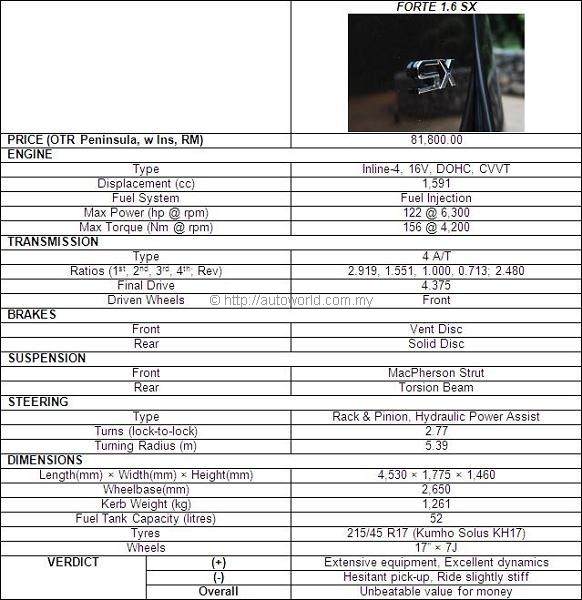 |
Photography by: Kon & Trius Blades




